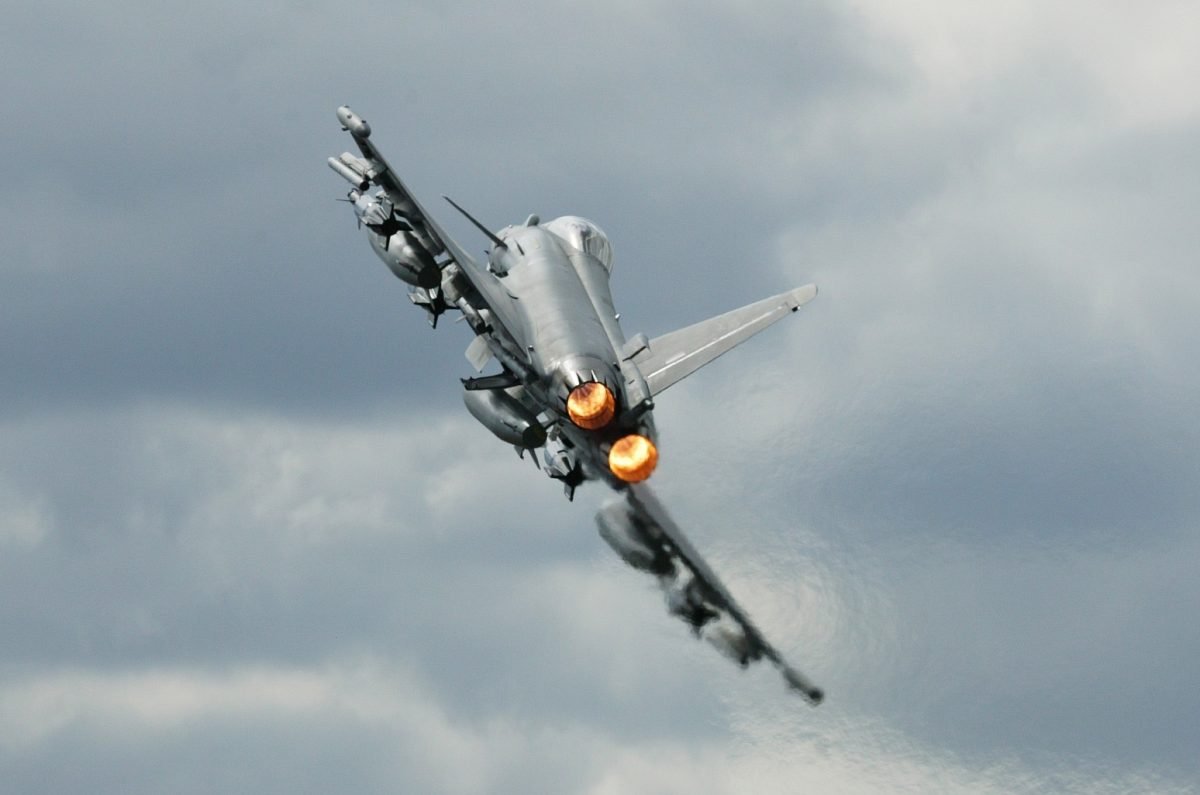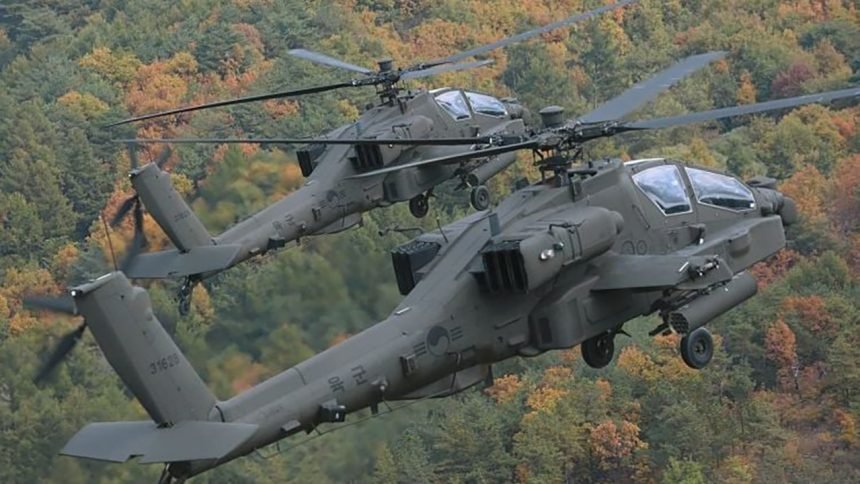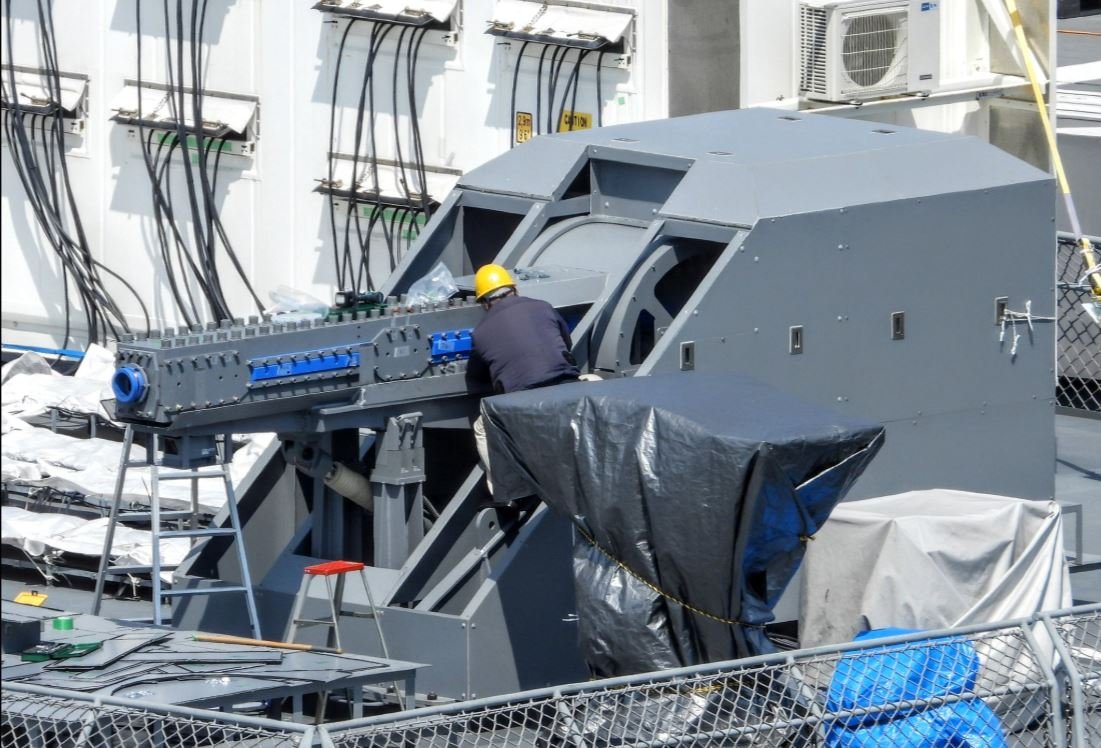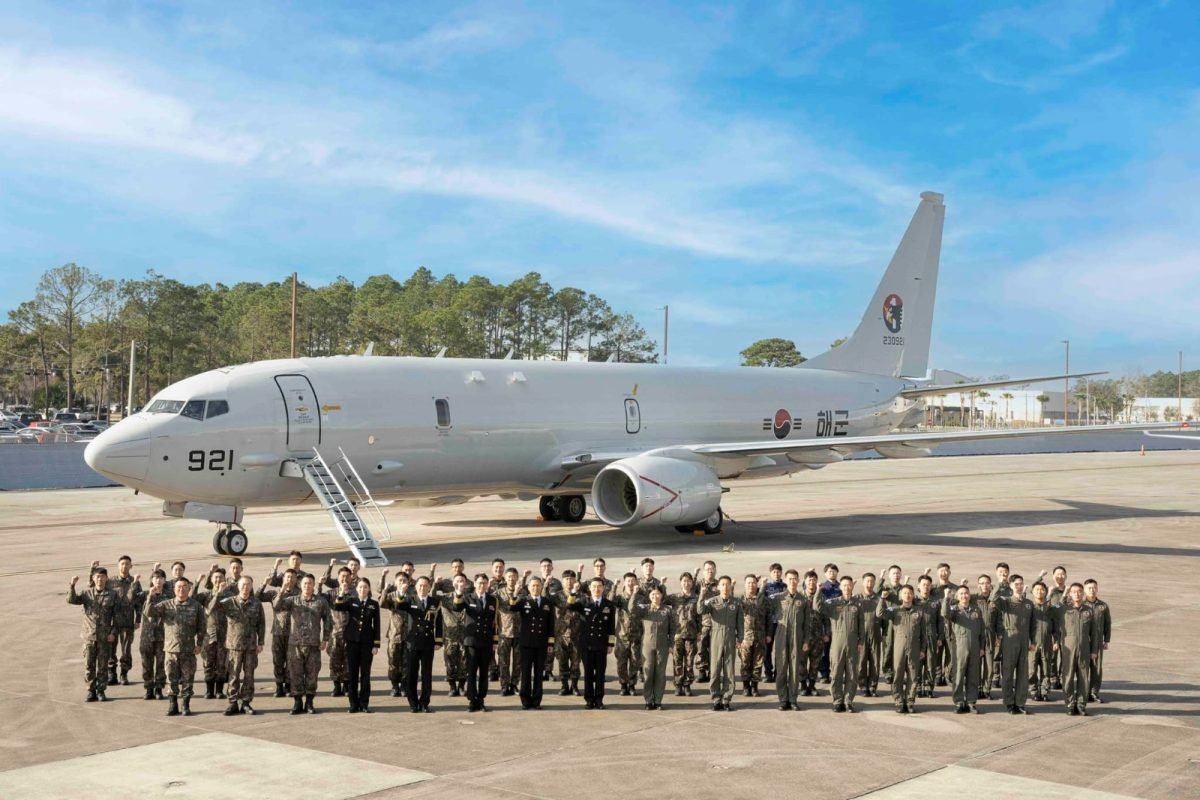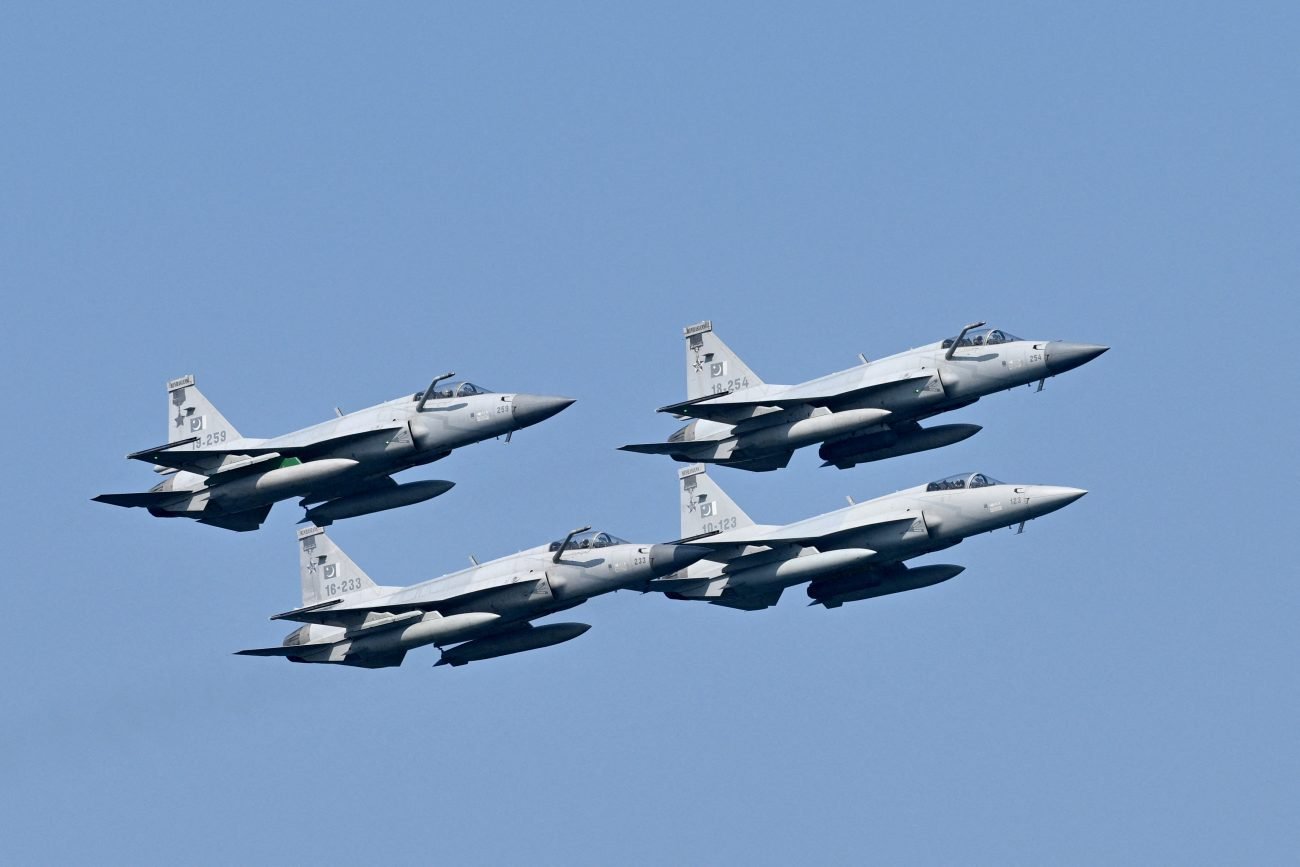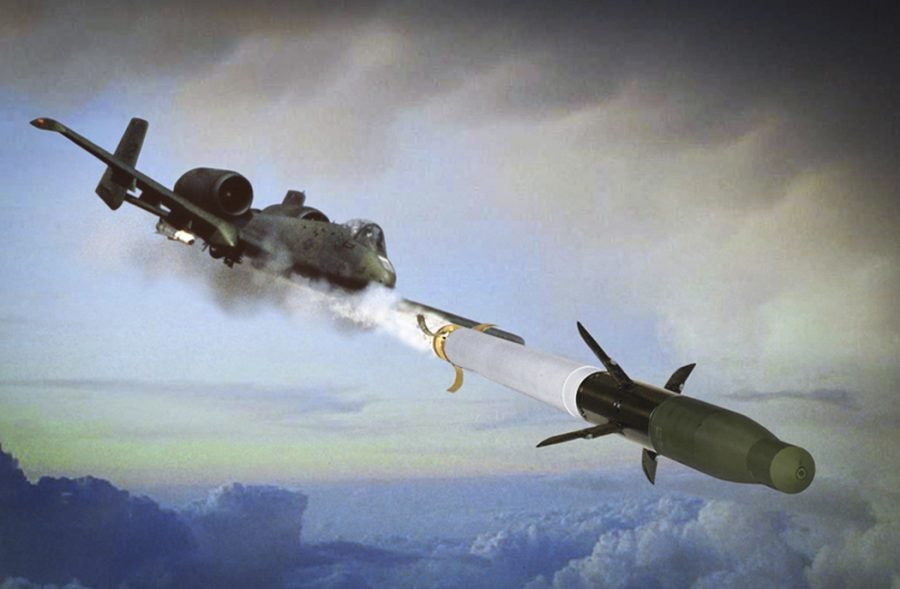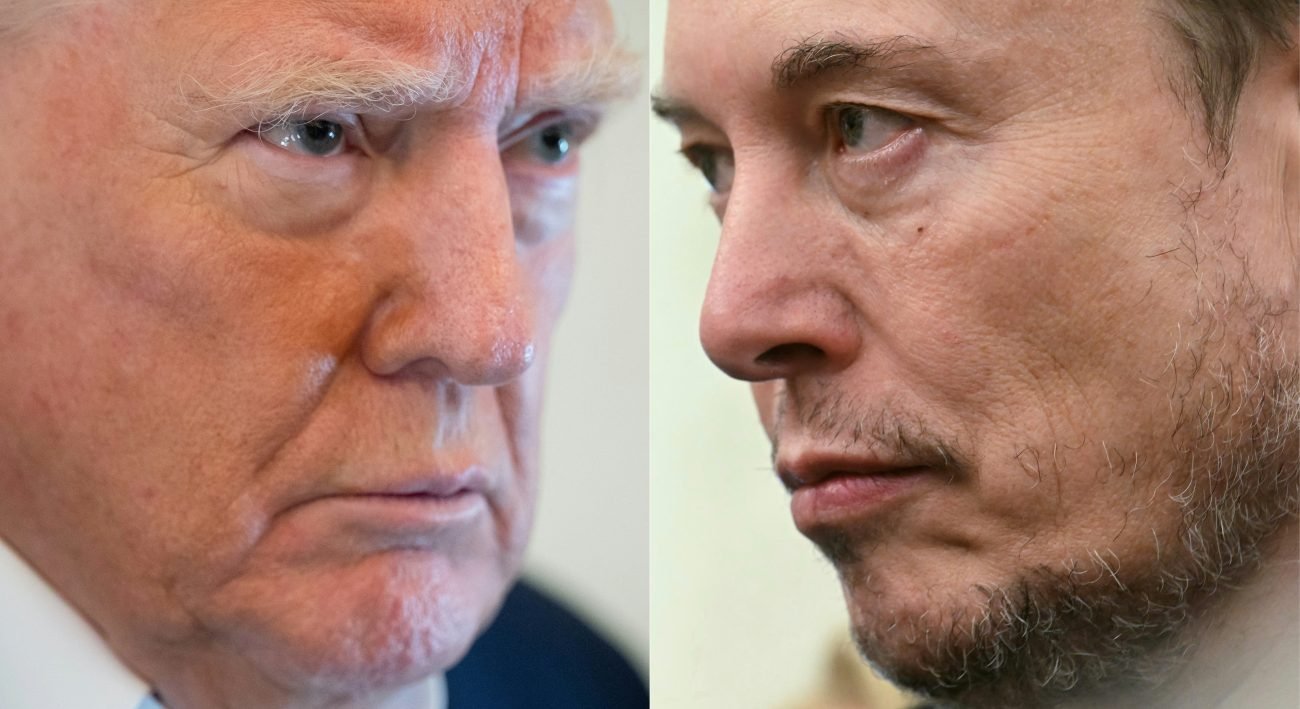The Swedish defense and security giant Saab has displayed its Gripen E fighter aircraft’s Full Scale Replica (FSR) in Bengaluru, India. The move coincides with an intensified push by Saab to export the aircraft to India under the country’s Multi Role Fighter Aircraft (MRFA) program.
The full-scale mock-up was displayed on December 9 as part of the Bangalore Security Dialogue, co-hosted by the Takshashila Institution and Dynamatic Technologies. It will eventually be put up for public display at the much-awaited Aero India-2025 air show to be held between February 10 and 14.
Expressing optimism for the Gripen at the upcoming air show, Kent Ake Molin, Head of the Gripen for India Program, said, “Today, we kickstart our participation at Aero India 2025. We are delighted to be able to provide a preview of the Gripen E Full Scale Replica against the backdrop of the Bangalore Security Dialogues, and we hope to engage in meaningful dialogues during the session.”
This comes as Saab is aggressively pitching the aircraft to India under its Multi-Role Fighter Aircraft (MRFA) contest and promises delivery in record time.
The Indian Air Force (IAF) issued a Request for Information (RFI) to purchase 114 fighter jets under MRFA in 2018. As many as seven aircraft manufacturers responded to the RFI, including Boeing (F/A-18E/F Super Hornet & F-15EX Eagle II), Lockheed Martin (F-21, a variant of F-16 with 14 India-specific customizations), Dassault (Rafale), Eurofighter (Typhoon), Saab (JAS-39 Gripen E/F) and Russian firms with (MiG-35 and Sukhoi Su-35).
There has been no progress since, and the program has remained in limbo. However, the contest is finally expected to open up, with the IAF staring at a diminished squadron strength and significant delays in the induction of Tejas. In fact, the IAF is now waiting for an Acceptance of Necessity (AoN) from the Government of India (GoI) to float the tender for a new multi-role aircraft.
Though several contenders are looking to sweep the big-ticket contract, none appear to be as enthusiastic as SAAB.
Saab Has Sweetened The Offer
SAAB has been in the running since 2018, when the Indian Air Force first issued the RFI for the MRCA.
The pitch was renewed in August last year when SAAB wrote in a post on X: “Saab will offer 114 state-of-the-art Gripen E fighters as a part of its response to the upcoming IAF RFP. With Gripen E, India will get next-generation combat air capability and world-class availability – ready to face any threat, anytime, anywhere, from any dispersed location.”
In October, Saab said it would deliver the first Gripen-E/F aircraft to the IAF within three years if it were awarded the contract.
Additionally, Kent-Ake Molin, Head of the Gripen for India, disclosed that the company was already looking into manufacturing prospects in India to fully transfer technology to the country, thus appealing to IAF’s aspirations for indigenous fighter production.
The IAF wants to acquire the MRFA under the ‘Make in India’ policy, where the aircraft will be licensed-produced in India, bolstering the country’s local industries and allowing the IAF to upgrade and modify the aircraft locally without any impediments.
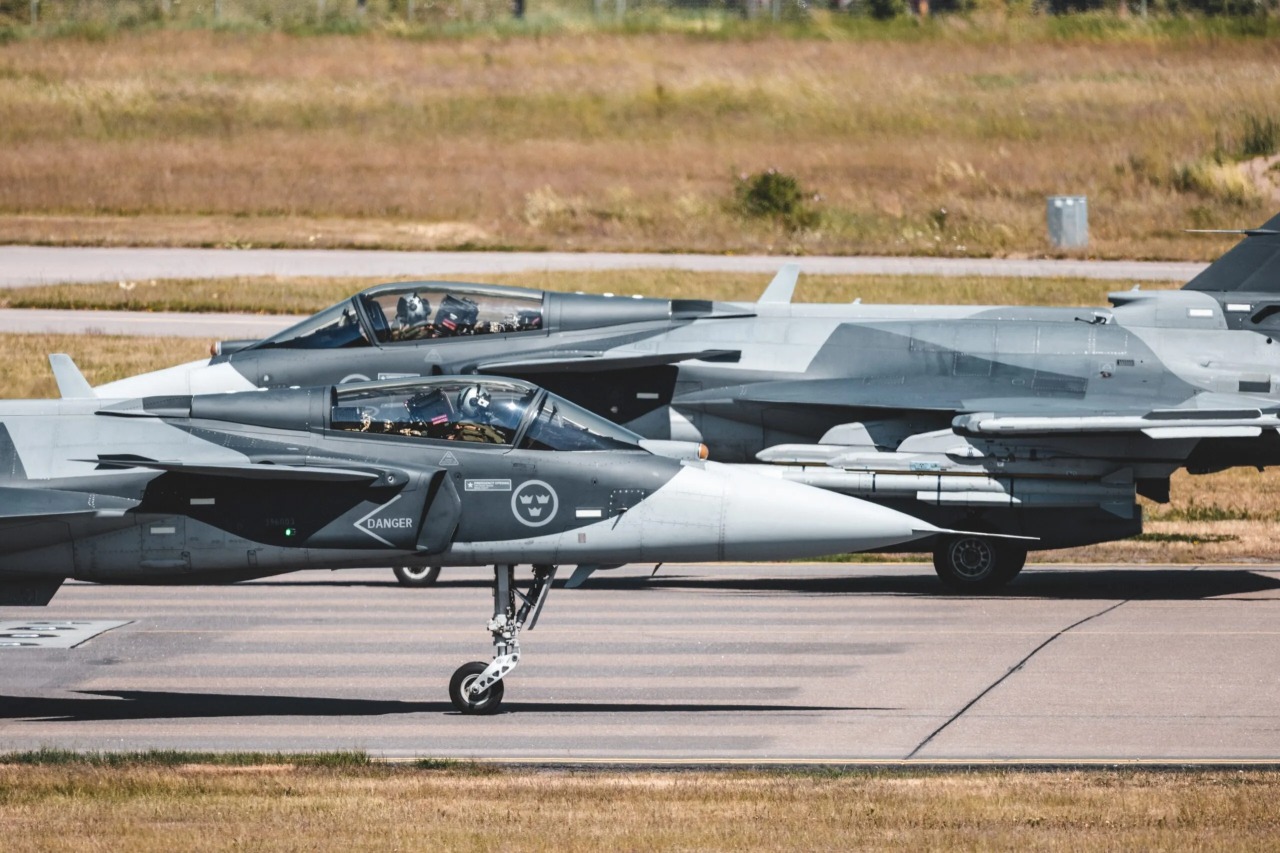
Saab, on its part, has understood the assignment. “We foresee that we can set up full-scale production in India, which will include everything, not just airframe, but also systems and software. We have a plan to rapidly indigenise the platform. We have had favorable discussions with a host of private partners who will support us in our indigenization efforts,” the company has stated.
The single-engine Gripen E is one of the most modern fighter jets in the contest. Saab describes the Gripen-E as “Designed to defeat any adversary. Made for forward-thinking air forces, Gripen E incorporates cutting-edge technologies, the latest systems, sensors, weapons, and pods to ensure combat advantage, delivering air superiority in highly contested environments. Silent networking and total sensor fusion across a tactical air unit to blind and confuse the enemy.”
However, like other contenders in the fray, the Gripen-E is a 4+ generation aircraft, whereas India may be exploring a fifth-generation fighter to deter its rivals, China and Pakistan.
Does Gripen Have A Chance?
The geopolitical and security realities have changed since the IAF first floated the RFI for the acquisition of combat fighters under the MRFA.
China has already produced and inducted over 200 J-20 fifth-generation stealth fighters in all five theatre commands. It is constantly upgrading the aircraft to add more teeth to its combat power. Some of these J-20s have also been deployed near the disputed Line of Actual Control (LAC) in the past, sending alarm bells ringing in New Delhi. In addition to this, China unveiled another stealth aircraft—J-35A for the PLA Air Force at its Zhuhai Air Show held last month.
In addition, Pakistan is also likely to acquire the fifth-generation aircraft. Recent reports in the Pakistani media have claimed that the Pakistani government has approved the acquisition of J-35A stealth fighters from China. The aircraft is reportedly scheduled to enter service within 24 months of signing an agreement.
If these reports are anything to go by, the PAF is probably going to have two squadrons of J-35As, with a total of about 40 fighters, whereas the PLAAF may have about 1000 J-20s in service by the time India’s first fifth-generation aircraft, AMCA, enters service.
This essentially means that the IAF would not have any stealth jets for about a decade—creating a gap in capability between India and its neighbors.
When asked whether the IAF should abandon plans to acquire a 4+ generation aircraft and opt for a fifth-generation fighter instead, Air Marshal Anil Khosla (retd) told EurAsian Times, “No, we should not abandon it. The urgent need of the hour is to increase our capacity to fight and increase our fighter strength. We need to procure aircraft under the MRFA deal process to fill the gap, accelerate the project, increase the production rate of Tejas Mk-1A and Mk-2, and accelerate the AMCA project.”
When asked whether the Gripen would be the best fit, Air Marshal Khosla said: “I recommend going for the already tested and inducted Rafale aircraft (in phases). Adding another type of aircraft will add to the already diverse inventory. Most contenders offer the listed benefits (ToT, Make in India, etc.). The extent of these offers needs to be assessed. However, go in for the Gripen if the deal is lucrative and provides maximum bang for the buck.”
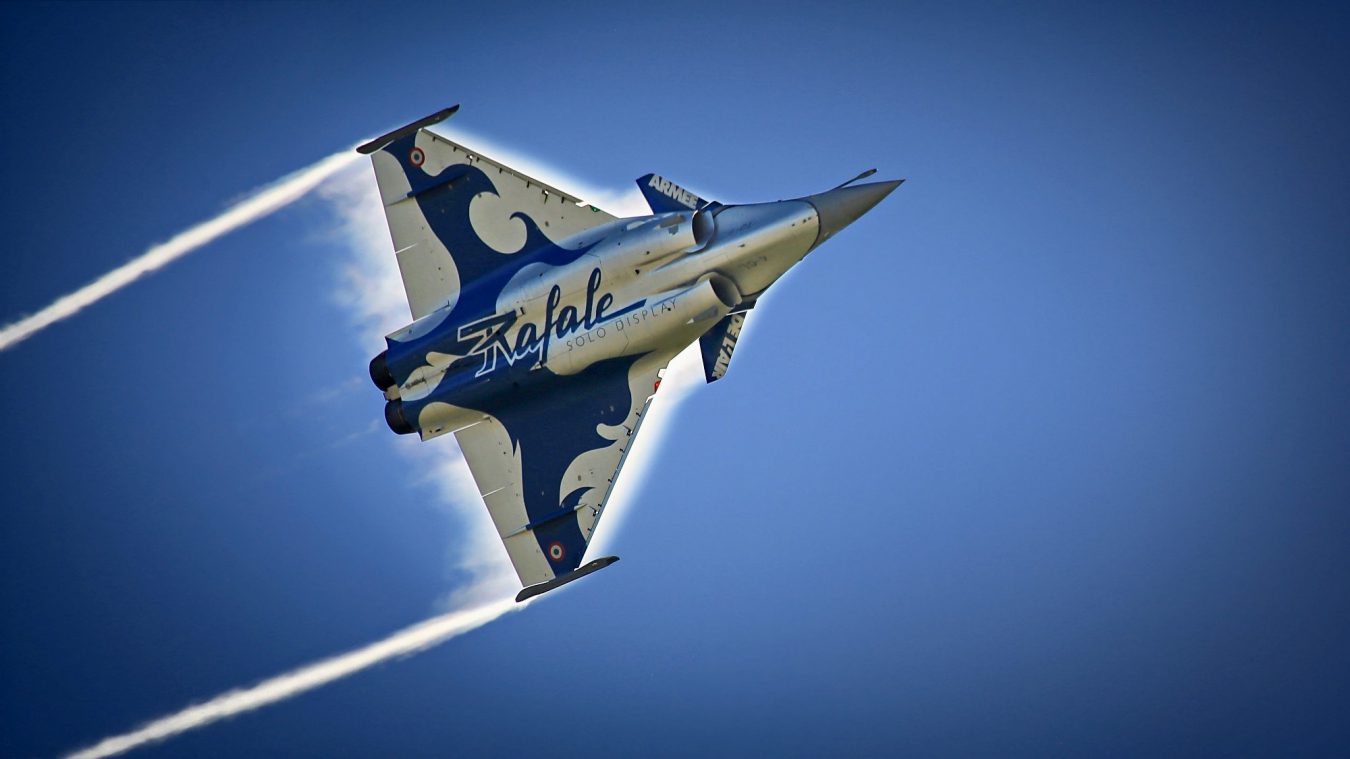
Air Marshal Khosla emphasized, “Factors like Life cycle cost, Transfer of technology, Make in India, Delivery schedule, aircraft performance, Compatibility with already existing systems and weapons, etc., will be the deciding factors.”
That said, the acquisition of a fifth-generation fighter is certainly a long road for India. So far, only three countries in the world have fifth-generation stealth fighters—China, the United States, and Russia. Chinese jets are out of bounds for India—leaving the US F-35 Lightning II and Russian Su-57 as the only options.
The acquisition of the F-35 is replete with complexities since India operates the S-400 air defense system, a red line for the United States that led to Turkey’s expulsion from the F-35 consortium. Moreover, even if the US were to approve the sale of the aircraft to India, it would likely be without a ‘transfer of technology’ and with a host of restrictions related to the operation of the aircraft. This effectively makes the purchase of F-35 untenable for India.
On the other hand, Russia has renewed the pitch for its Su-57 aircraft to India, emphasizing improvements in stealth, avionics, and combat capabilities, including the integration of hypersonic weapons. Russia has reduced the aircraft’s cost and may accept a unique payment mechanism in Indian rupees to allure New Delhi.
However, challenges persist as Russia may not be on board for the complete transfer of technology, and the fact that the aircraft has not been tested in combat may be another factor for Indian reluctance. The fear of US sanctions adds to the pressure. Most importantly, crippled by Ukraine, whether Moscow can deliver the aircraft to India on time remains a big question.
Ultimately, India’s decision will reflect its overall defense strategy, which balances its long-term goals of regional influence and technological autonomy and its current security demands.
